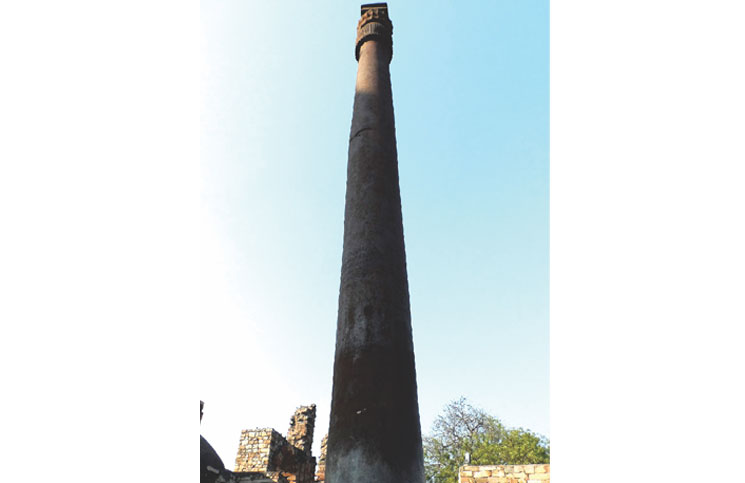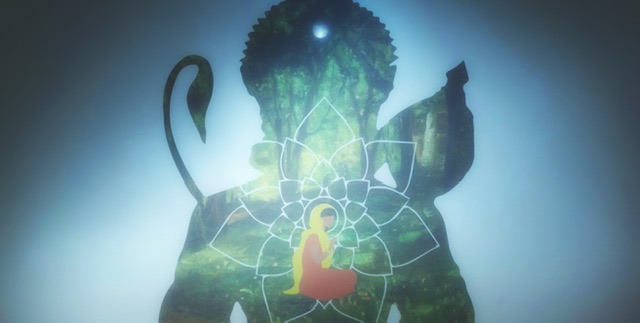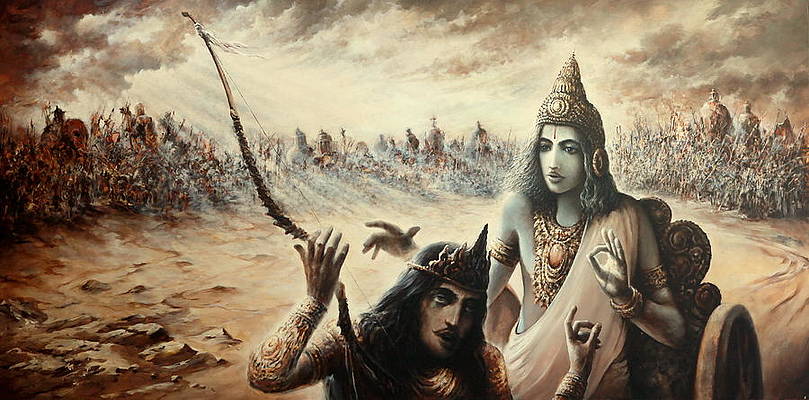Iron is the fourth most common element in the earth’s crust. Iron had been carried over by the tribal communities of India from ancient to the modern times. India used to be the workshop of Iron when famous Damascus sword was prepared with indigenous steel making technology.
The history of civilization is linked to the story of the use of metals in antiquity, in many ways. Although, modern metallurgy has seen an exponential growth since the Industrial Revolution, it is interesting that many modern concepts in metallurgy have their seeds in ancient practices that pre-date the Industrial Revolution.
The ancient scriptures and legends have extensive references about the use of iron:
The excavations at Bodh Gaya Monastery built by Asoka in 3rd century, BC brought to light the iron clamps, coins and precious stones used in its architecture. A large number of prehistoric iron implements like swords, daggers, tridents, spears, arrows, spades, and rods have been unearthed during the excavation of the burial site at Adichanallur which is dated 250 BC
The great battle of ‘Kurukshetra’, which was fought around the 9th century, BC witnessed extensive use of iron weapons and armour. It has been stated that King Dhritarashtra broke to pieces a life- sized iron statue of Bhima, in agony. Such accounts indicate use of iron in weaponry in days of yore.
Sophisticated surgical instruments made of iron and steel were used during Sushruta’s period.
Excavations at the Garh Kalika mound on the outskirts of Ujjain revealed that iron was known from the earliest period. Iron articles such as spikes, nails and pieces have been unearthed in the monastery at Piprahwa, about 20 km from the ruins at Kapilvastu, near Nepal border.
The famous Iron pillar at Mehrauli in Delhi has attracted considerable attention in view of its uniqueness and the state of its excellent preservation for over fifteen centuries. It is believed that the pillar was earlier erected at Mathura. Two less famous, but equally interesting iron pillars are found in Mandu, near Dhar, the ancient capital of Malwa, and in Mount Abu, Rajasthan. The Dhar pillar dates to 12th century. It was probably intact till 1304 AD but now lies broken into three pieces.
The iron beams at Sun temple in Konark, Orissa date back 13th century, AD. Likewise, 239 iron beams have been used in the Jagannath temple of Puri in Orissa built in the 12th century, AD.
The history of iron smelting which was practiced by the tribal artisans in different regions of ancient India dates back to 1200 BC. The indigenous use of iron started in three zones—Karnataka, UP as well as Rajasthan, and West Bengal as well as Bihar. The hardening and quenching methods were observed in a 3rd century, BC – 255 mm long sickle which is so far one of the earliest Indian specimens exhibiting the steeling process.
India was considered to be the centre of origin of iron and steel industry in the world. Indian craftsmen and artisans used nanotechnology extensively about 2000 years ago to make weapons and long lasting cave paintings. Nobel laureate Robert Curl Jr. cited examples of the Damascus blades used in the famous sword of Tipu Sultan and paintings in the Ajanta caves both of which make use of carbon nano particles. On the sword, scientists found carbon nanotubes, which are cylindrical arrangements of carbon atoms first (re)discovered in 1991 and now made in laboratories all over the world. Hyderabad and Madras in South India used to be the centres of production of wootz. The iron mines in Bajuha, Bengal, Keroh, Kumaon, Khasi Hills, Indore and Delhi indicate the existence of a country-wide practice of manufacturing iron.
During 17th and 18th century, AD the iron industry got a flip. Artisans and blacksmiths used to develop weapons from naturally available iron ore and charcoal. Charles Wood, the in-charge of the Beypur Iron Works, had once mentioned that his company could not produce metal similar to Indian swords used in Indian Mutiny of 1857.
The Industrial Revolution in the 18th century led to the West gaining superiority in materials development and utilization over the rest of the world. During the period close to 19th century, attempts were made in India for the manufacture of iron by modern methods. With the establishment of Tata Iron & Steel Company Limited in 1904, old indigenous smelting industry carried on by persons known as Lohars and Agarias began to decline. Limited supply of charcoal as a result of forest conservation led many smelters to purchase readymade iron and work as blacksmith in villages. Metallurgical skills gained in India receded to the background and remained restricted to making of utensils, idols and ornaments.
The ancient industry is still in existence in several parts of India such as Bastar in Chhattisgarh, Salem in Tamil Nadu, Koraput in Orissa, Bishunpur, Nalanda in Bihar and also Mandla, Nagpur, Rajdoha and some remote regions of Northern and Eastern India.
DELHI PILLAR
The famous pillar at Mehrauli, near Qutub Minar in Delhi
The pillar is over 7 meters tall and weighs about 7 tonnes. It is made of 99.72% Fe. Several studies have been made on the reasons for the non-rusting of the pillar. The absence of corrosion has been attributed to the rather high phosphorus and the negligible sulphur and manganese content of the metal. The ancient Indians followed Vedic principles even in construction and metallurgy. The present day scientist might give chemical reasons for non-rusting of the pillar, but actual reason lies in chanting of mantras when these things were produced. The fact that an object of this magnitude was produced then and has not rusted till now is enough evidence of the power of Vedas.
References:
– Metal Technology in Medieval India: Sayed Jafar Mahmud
– Metallurgical Heritage of India: S Srinivasan and S Ranganathan, Department of Metallurgy, Indian Institute of Science, Bangalore
– Historical Perspective of Iron in Ancient India: A K Vaish, P K Biswas, N G Goswami, C S S Krishnan, P Ramachandra Rao, National Metallurgical Laboratory, Jamshedpur
– An Introduction to Ancient Indian Metallurgy: K T M Hegde





